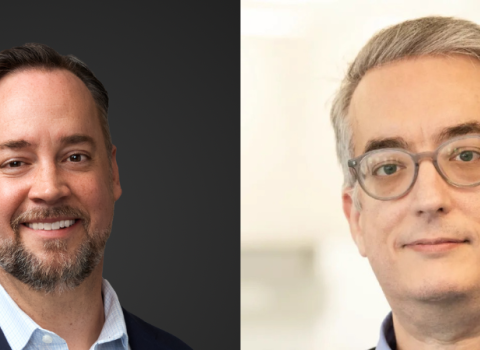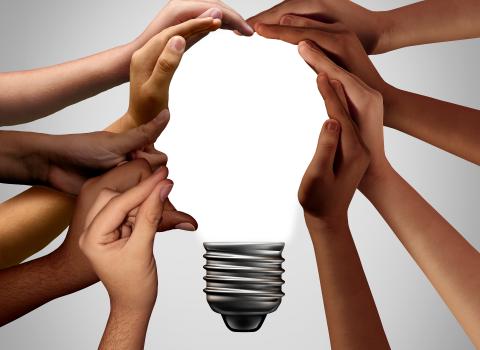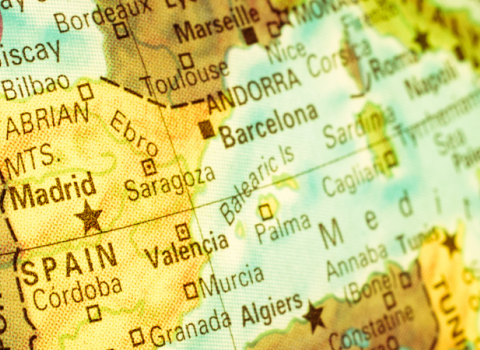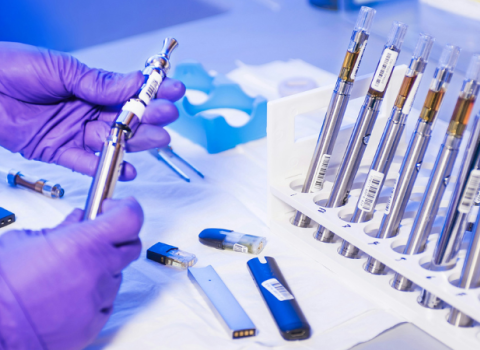Biodesign is a structured process developed at Stanford University that takes an interdisciplinary approach to advancing medical care. The operating methods and procedures of the target unit are examined in a new way on the basis of the clinical expertise of a doctor and the technical thought processes of an engineer.
The 2017 Biodesign Finland team of Sami Elamo, Kalle Kotilahti and Jari Rantala spent the month of May looking for medical needs at the Meilahti emergency radiology unit, which is part of the Hospital District of Helsinki and Uusimaa (HUS). They made more than 200 observations during that time. After the observation period, the group began to analyse the observations in order to select a need for which they could start developing a commercial product or service as a solution.
‘In Biodesign, we approach the innovation process systematically from a meaningful direction. We first observe needs and then develop a solution rather than doing it the other way around, which is far too common in research. Here, the goal is an innovation that has impact and can help people,’ says Kotilahti, who has also done brain research.
The majority of the observations were quite obvious. For example, information systems and their poor functionality took up a lot of the staff’s time and caused frustration. Another observation that was quickly identified involved people who got lost inside the hospital and were then late for their examinations. Some of the observations only came up as a result of more in-depth consideration and questioning existing practices. For example, a child undergoing magnetic resonance imaging often has to be anaesthetised in order to perform the examination. If there was some other way to keep the child calm and motionless during the imaging, the use of anaesthetic could be avoided.
‘As an orthopaedist, I initially wondered whether I had anything to contribute to radiologists or radiology nurses who are experts in their field. However, things that required development appeared very quickly. Nurses and doctors who are doing clinical work are so busy that they rarely have time to think about shortcomings in their work or question the prevailing practices. As an outside observer, I had the chance to focus on these issues without having responsibility for the actual patient care,’ adds Elamo, who is a Specialist in Orthopaedics.
The Biodesign Finland projects utilise the Stanford Biodesign model, according to which solutions will be thought about only after the observation phase.
‘By the end of the summer, we will have selected one or two scalable ideas, and during the autumn we’ll examine the opportunities for commercialisation. HUS will make use of other material created on the basis of the observations in its own development work,’ adds Rantala, who brings commercialisation expertise to the team.
iDenta invention changes dental care
‘We’re currently developing a ground-breaking method for dental care. We are targeting biofilms,’ says Katja Ivanitskiy, a Specialist in Public Health Medicine from the 2016 Biodesign team who is developing the iDenta invention with her team.
Ivanitskiy and Sakari Nikinmaa, who has an MSc (Tech) degree in Bioinformation Technology, comprise the iDenta operative team and Tommi Pätilä, MD, participates in decision-making. The Tekes commercialisation project will last until summer 2018 for iDenta, and clinical testing of the method will be a central part of the commercialisation project.
Biodesign Finland is an educational program organised by Aalto University, University of Helsinki and HUS and is based on the Biodesign concept developed at Stanford University. The purpose of the program is to develop technical solutions for practical medical needs which can also be commercialised, and to create new business. At the same time, the participants receive valuable training in the field of medical product development. Read more: www.biodesignfinland.fi/





 A unique international forum for public research organisations and companies to connect their external engagement with strategic interests around their R&D system.
A unique international forum for public research organisations and companies to connect their external engagement with strategic interests around their R&D system.